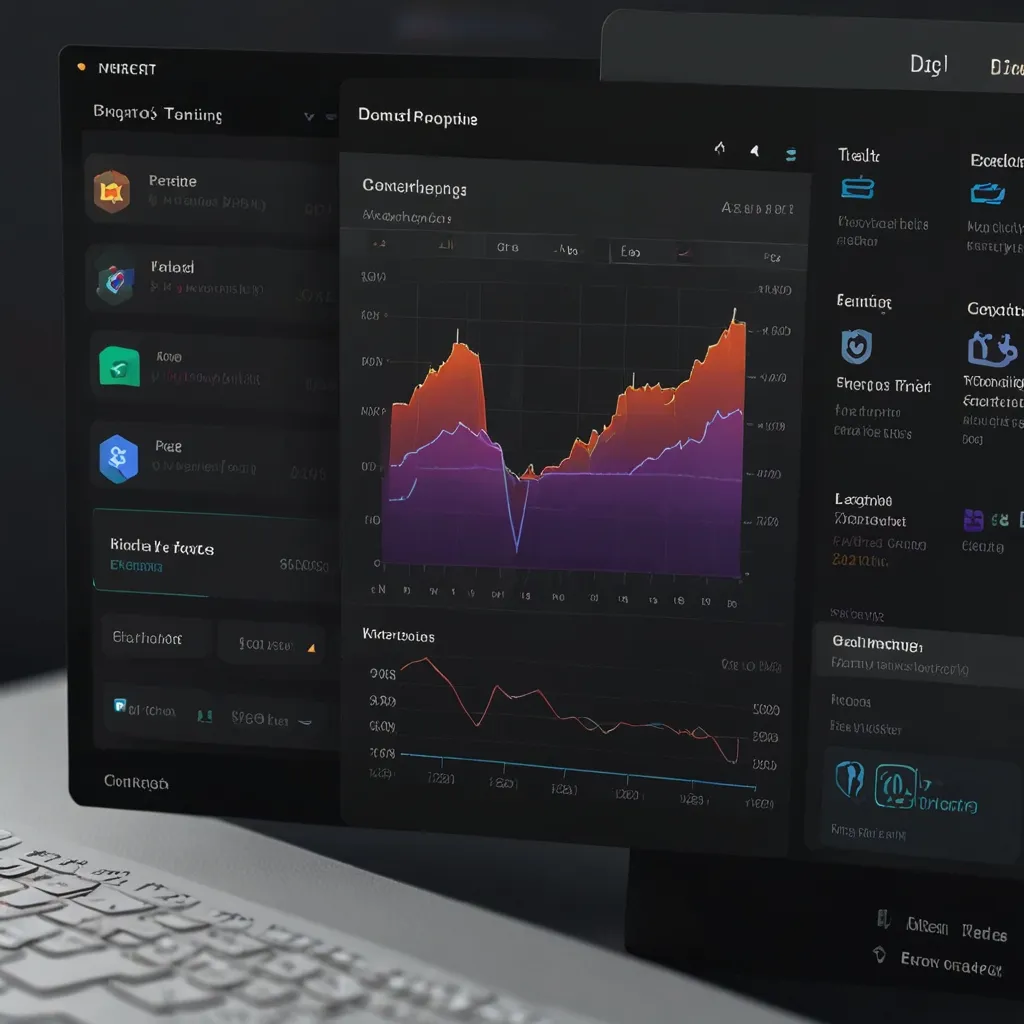Introduction to Angular
In the bustling world of web development, frameworks are like the magic wands that make everything easier and more streamlined. One standout wand, in particular, is Angular. Born from the innovative minds at Google, Angular has quickly become a superstar for building dynamic and interactive web applications, especially those awesome single-page applications (SPAs) everyone loves.
What is Angular?
So let’s get one thing straight from the get-go: Angular isn’t a programming language. Instead, it’s this open-source front-end web application framework that’s all about making code neat, modular, and testable. What sets Angular apart from its haywire predecessor AngularJS is the use of TypeScript, a decision that ensures better maintainability and enhanced performance.
A Glance Back in Time
Remember when dinosaurs roamed the earth and web development was just scratching the surface with JavaScript? That’s pretty much when AngularJS made its debut back in 2010. The brains behind it, Misko Hevery and Adam Abrons, wanted to create something truly revolutionary. But as time rolled on and web standards got all fancy, there was a need for something even more robust. Enter Angular in 2016, rebuilt from the ground up using TypeScript. This was a game-changer, making code quality and readability top priorities.
Angular’s Cool Features
Angular is like that overachieving kid in school who’s good at everything. Its component-based architecture is pure gold. By breaking down applications into smaller, reusable pieces, developers can tackle each part independently, making everything more manageable. Imagine creating a dashboard—you’d have components for charts, tables, and navigation bars, each doing its own thing yet coming together beautifully.
Another win for Angular is its built-in library, packed with features you’d normally search high and low for. This minimizes the craving for third-party stuff, boosting security and performance in the process.
And let’s talk about data binding. Angular shines with its two-way data binding, where changes in the model state and UI reflect on each other automatically. This is super handy for interactive bits like calculators or real-time data displays.
Testing in Angular is a breeze, too, thanks to the Jasmine framework. It allows you to write different types of test cases seamlessly. Paired with Karma, a task-runner, setting up tests becomes a walk in the park.
Why Angular Rocks
Angular is your best buddy when it comes to crafting dynamic single-page applications. SPAs offer a killer user experience and are quicker and cheaper to build compared to their multi-page cousins. With Angular’s rich toolbox, you can process tons of data efficiently, making it perfect for apps that need to be snappy and super interactive.
Progressive Web Apps (PWAs) are another feather in Angular’s cap. PWAs work smoothly across both desktop and mobile, offering functionality that’s almost on par with native apps, but without the hefty price tag. Google, in its infinite wisdom, made sure Angular supports PWA development natively, starting from 2015.
For those high-stakes enterprise applications that can’t afford to lag, Angular is a top pick. It’s built to handle heavy loads with grace, and its CLI helps in keeping component file sizes small—essential for high-performance applications.
And it doesn’t stop at web apps. Angular, combined with tools like Ionic and Angular Mobile, broadens its horizon, letting you dive into cross-platform mobile development effortlessly. This versatility makes Angular a real gem.
TypeScript: Angular’s Secret Weapon
If Angular is the superhero, then TypeScript is definitely the sidekick with some cool gadgets. TypeScript, a superset of JavaScript, brings type annotations to the table, making code more readable and easier to maintain.
TypeScript’s tooling is especially top-notch. With features like reliable autocompletion and basic refactoring, such as symbol renaming, the development process becomes a lot smoother. While initially moving to TypeScript might make your setup more complex, the long-term gains in code quality and maintainability are absolutely worth it.
One of the slickest things about TypeScript is how it allows for gradual migration. You can start turning your JavaScript files into TypeScript ones bit by bit, making the transition smooth and non-disruptive. It’s like dipping your toes into a pool instead of diving in headfirst.
The Learning Curve and the Tribe
Sure, Angular has a ton of goodies to offer, but it does come with its share of challenges, especially for newbies. The steep learning curve can be daunting, with concepts like component-based architecture and dependency injection making your head spin. But here’s the silver lining: Angular has a thriving community filled with resources, tools, and best practices to help you navigate this learning journey.
Real-World Stardom
Angular isn’t just a classroom child prodigy—it’s out there in the real world, making waves. Some of the biggest web platforms rely on Angular. Think Gmail, Forbes, or UpWork. Its ability to handle complex, high-load applications makes it a go-to for big-shot enterprise projects. Take a financial dashboard, for instance. With Angular’s components and data binding, you get a dynamic, real-time interface that users will love.
Wrapping It Up
Angular is like that universe where superheroes are real. It’s a powerhouse of a framework that’s revolutionized web application development. The combination of a component-based architecture, robust performance, and high functionality makes it perfect for dynamic SPAs, progressive web apps, and high-load enterprise applications.
Even though the learning path might look like scaling Mount Everest, the view from the top is worth it. Angular, coupled with TypeScript, brings together a treasure trove of tools and benefits that no developer can ignore. Whether you’re working on a simple, fun project or a complex, corporate behemoth, Angular is the trusty companion you need on your coding adventure. So go ahead and give it a spin. Your future self will thank you.






